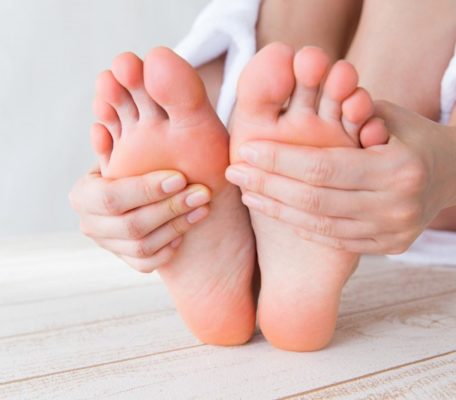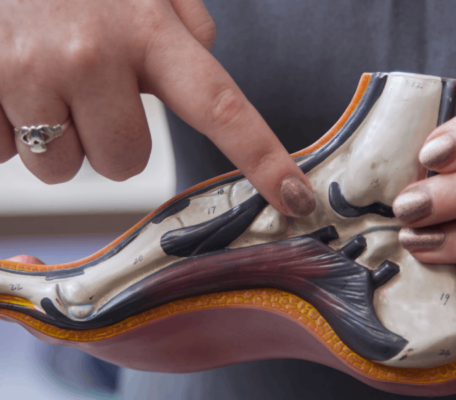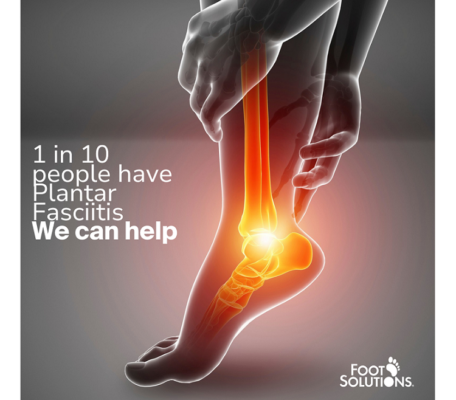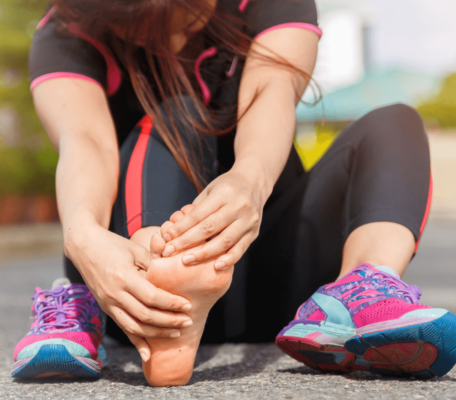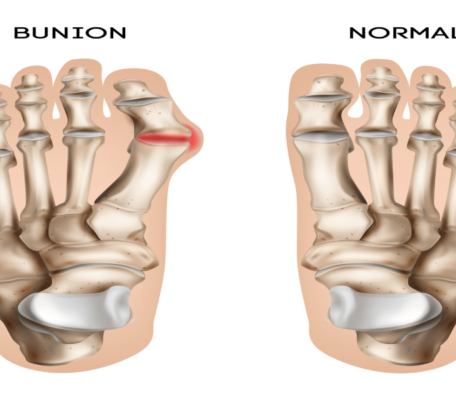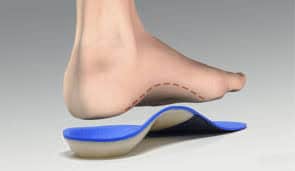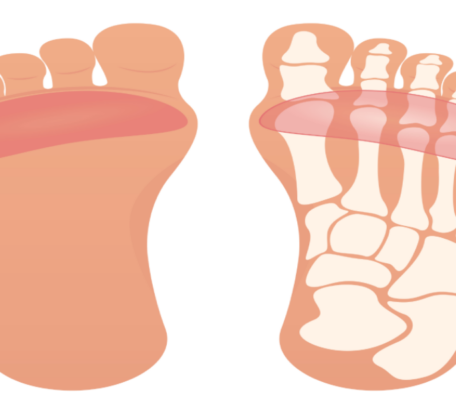Are you afraid that you may have foot drop but not be aware of it? One of the easiest tests to do is to attempt to walk on your heels. When this becomes difficult to do, then there is a possibility that foot drop exists. Of course, when it comes to these types of foot problems, it is never safe to remain guessing. Do you have foot drop? Read on and find out.
What is it?
Foot drop (sometimes called drop foot) is a condition that weakens the muscles causing the foot to drag while walking. The affected muscle is responsible for flexing the toes and ankles and moving them upward.
The condition is classified as a type of neuromuscular disorder affecting both muscles and nerves. In this context, foot drop is more of a symptom of some medical problem rather than an actual disease. People with lower back problems often find themselves susceptible to this condition and usually compensate by bending their knees to be able to lift their feet higher and avoid scuffling.
The muscles make it challenging to walk, swing toes upward, and control the foot once the heel has been planted.
Complications and Considerations
Did you know that foot drop can be a symptom associated with sciatica? More importantly, regardless of the underlying problem, drop foot can result in numerous difficulties that limit movement of the ankle and toes. Difficulty in:
- Raising your foot at the ankle;
- Walking from heel-to-toe; or
- Pointing your toes upward;
All of the above are pointing to the possibility that you have a foot drop.
With these in mind, you should be aware that the condition may occur in both feet and not just one. If you have lower back problems normally the condition is observed in only one foot. Drop foot can either be permanent or temporary depending on what caused it and how it is being treated. Simple diagnosis is done by checking if the person finds it difficult to plant the heels of the feet.
The Symptoms
There are various symptoms that can raise red flags on whether or not you have a foot drop. Being aware of these symptoms make it easier to understand the right time to address the condition. So, what are these common symptoms?
- High steppage gait – considered as the most common symptom, this is described as raising your thighs in a seemingly exaggerated manner as you attempt to walk or climb stairs. You may also drag your foot and toes resulting in your toes scrapping the ground. The uncontrollable slapping of your toes against the ground is quite noticeable. All of these are the result of the weakening of the muscles responsible for keeping your foot off the ground.
- Exaggerated swinging hip motion – the attempt to balance and lessen the possibility of your toes to catch the ground may cause your hips to swing out in what can be construed as an overstated motion.
- Limp foot – your foot may flow away from your body with a bit of numbness, pain, and tingling. There may be times though that you lose all the feelings in the affected foot making walking, climbing, and driving more challenging.
- Weakened leg and foot – this limits your ability to exert force with your legs and feet causing you to drag your feet as you move. You find it equally difficult to do activities that require substantial action from the front of your foot.
Home Adjustments
Why is it important to do a bit of adjustment to your home and lifestyle? Having a foot drop increases the possibility of tripping and falling. This is why you need to take additional measures to ensure that your home remains as close to being accident-free as possible. Simple things like:
- Floors should remain clutter-free;
- Limit using throw rugs;
- Always have ample lighting especially for rooms and stairways; and
- Keep electrical cords out of walkways and similar paths.
Foot drop may not be a disease, but its limiting effect can just be as deadly. As with any type of foot disorder, having the right footwear can do wonders in making you comfortable, stable and keep your feet less susceptible to pain. Visit Foot Solutions to get expert help for all your foot care needs.







